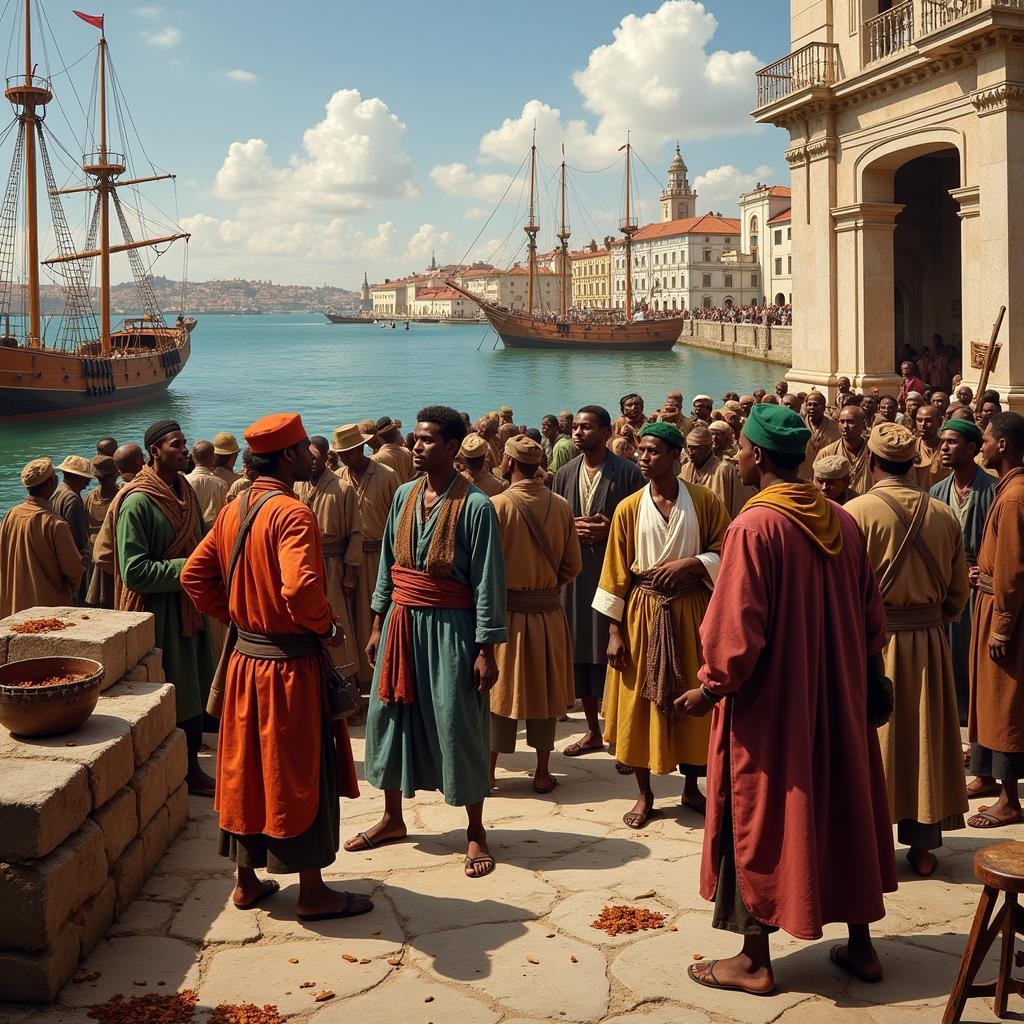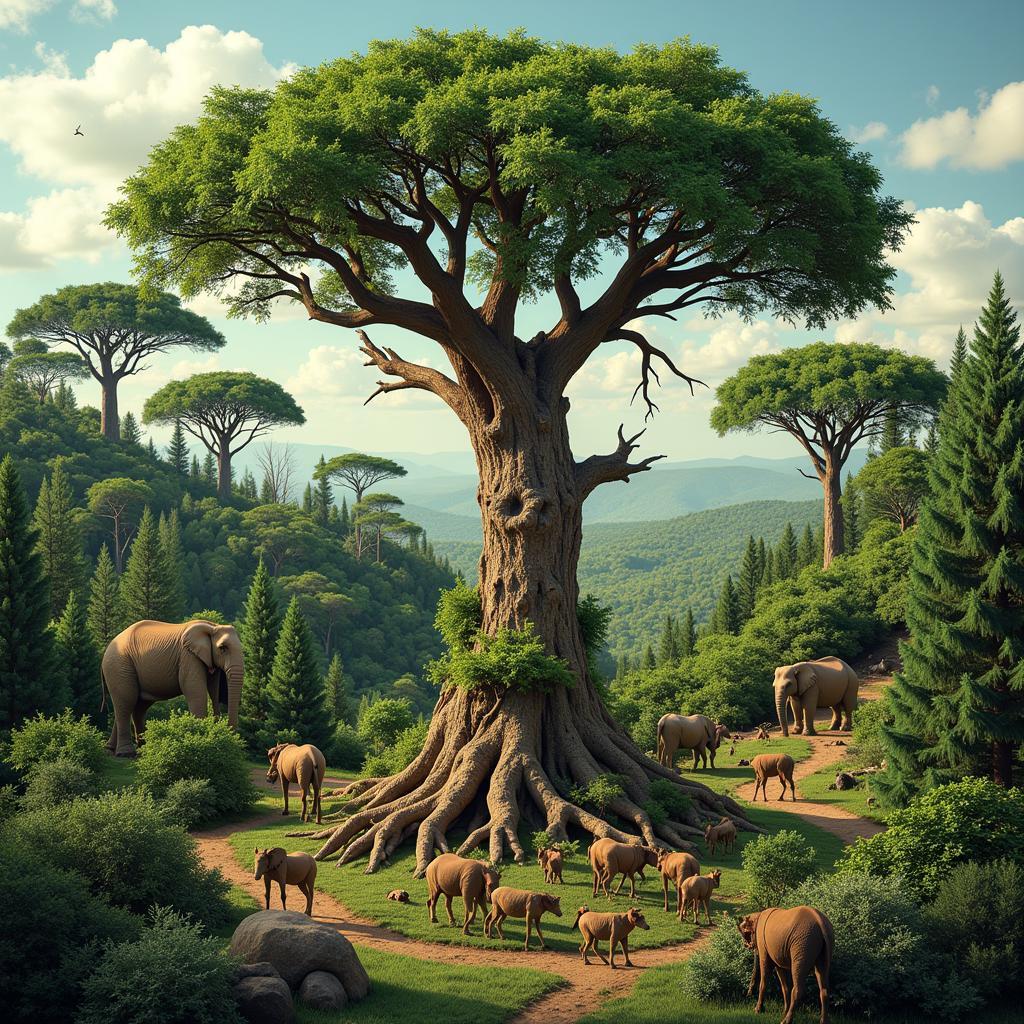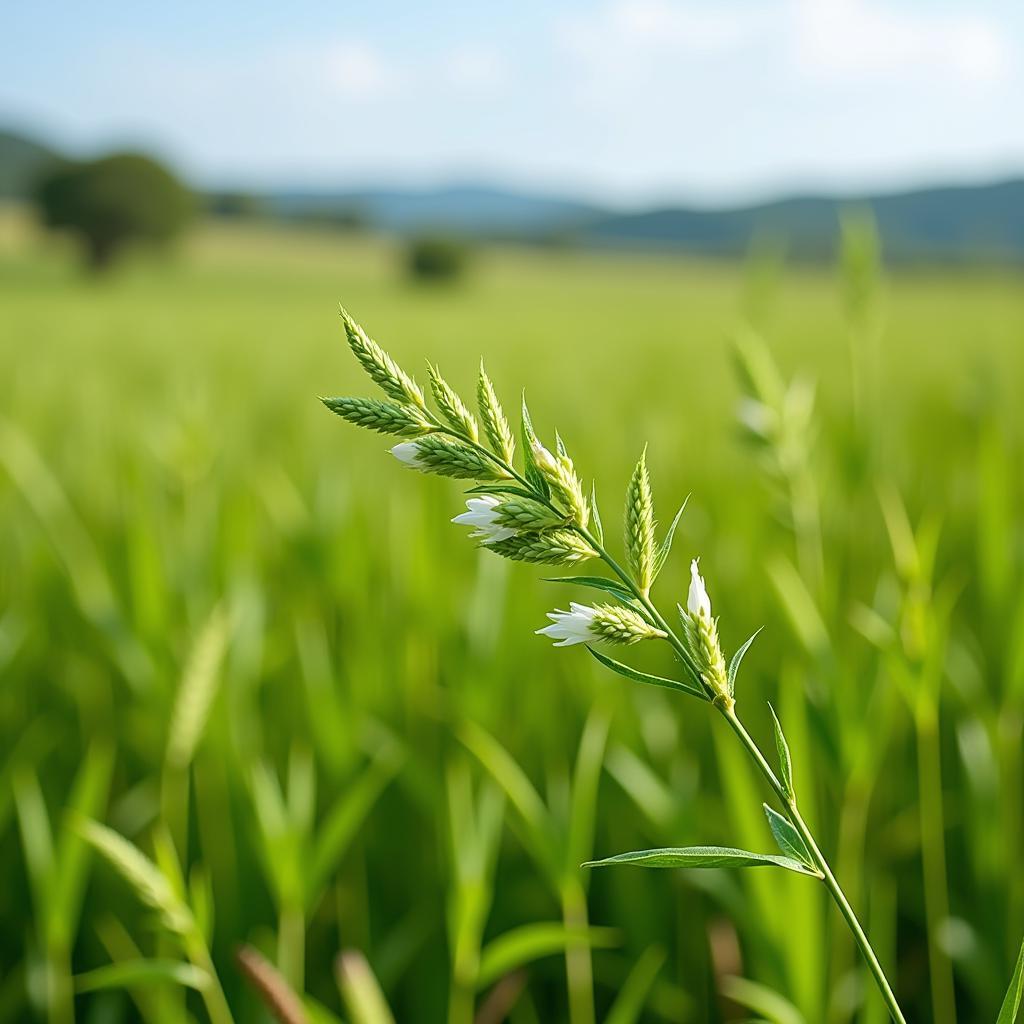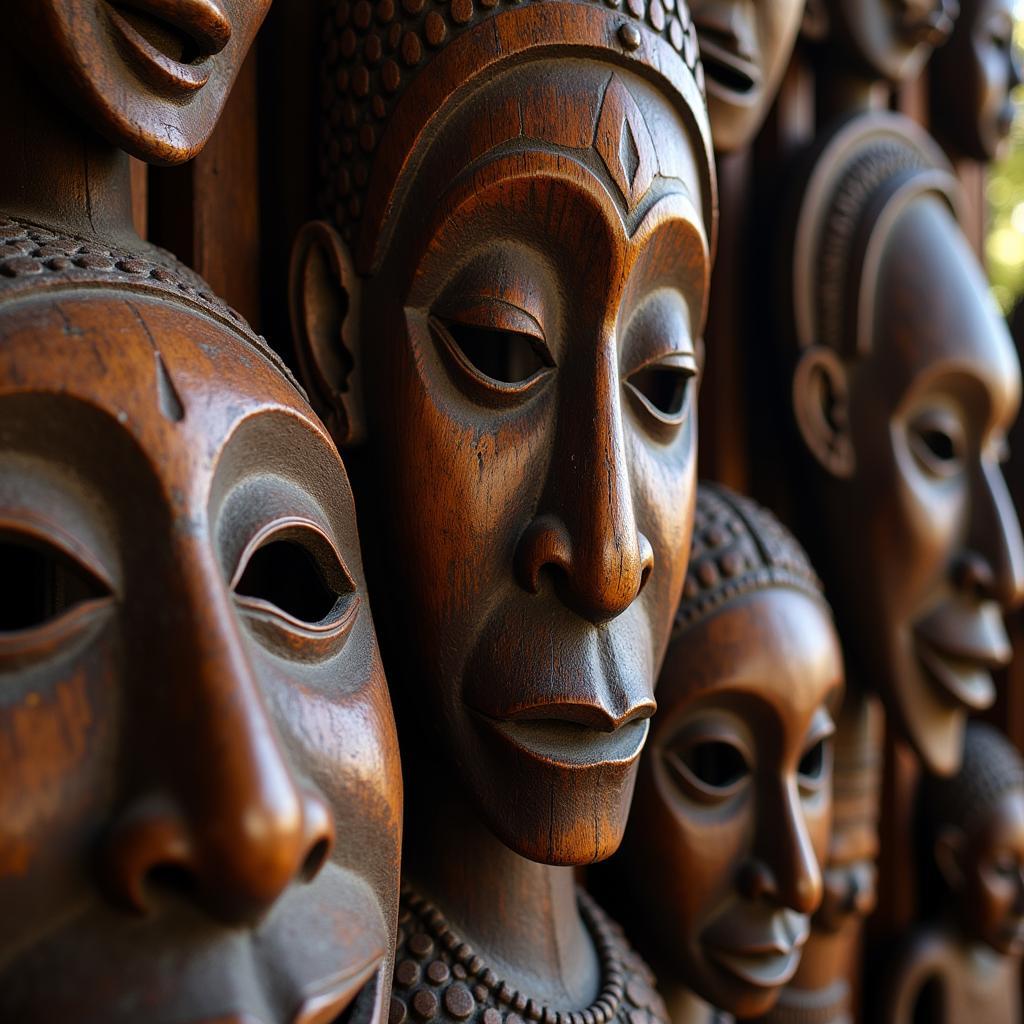Shining a Spotlight on African American Performers of the 1920s
The 1920s, also known as the Jazz Age and the Roaring Twenties, was a decade of significant cultural and artistic evolution. At the heart of this transformation were African American performers who captivated audiences with their talent, challenging societal norms, and paving the way for future generations. These artists, ranging from musicians and dancers to actors and playwrights, shaped the entertainment landscape and contributed significantly to the era’s vibrant cultural tapestry. This article explores the impactful contributions of African American performers in the 1920s.
The Harlem Renaissance, a flourishing period of African American artistic and intellectual creativity, became the epicenter of this cultural explosion. New York City’s Harlem neighborhood transformed into a hub for Black artists, writers, musicians, and intellectuals. This creative ferment provided a platform for African American performers of the 1920s to showcase their talents and express their unique cultural experiences. From the sultry sounds of blues and jazz to the dynamic energy of dance and theatre, these artists broke barriers and defied expectations.
The Rise of Jazz and Blues: Defining a Generation
Jazz and blues music, deeply rooted in African American musical traditions, experienced a surge in popularity during the 1920s. Legendary figures like Louis Armstrong, Duke Ellington, and Bessie Smith became household names, their music resonating with audiences across racial and social divides. These artists not only entertained but also challenged prevailing racial stereotypes, demonstrating the sophistication and artistry of Black musical expression. The music scene in the 1920s was a testament to the power of African American artistry. For a detailed look at African American theatre history, visit this link.
These groundbreaking musicians established new standards of musical excellence and innovation. Louis Armstrong’s trumpet playing revolutionized jazz improvisation, while Duke Ellington’s orchestral compositions explored complex harmonies and rhythms. Bessie Smith, the “Empress of the Blues,” captivated listeners with her powerful vocals and emotionally charged performances.
Beyond Music: The Flourishing of Dance and Theater
The influence of African American performers extended beyond the realm of music. Talented dancers like Josephine Baker captivated audiences with their innovative choreography and charismatic stage presence. Baker, known for her energetic performances and flamboyant costumes, became an international sensation, challenging traditional notions of beauty and performance. Meanwhile, on the theatrical stage, playwrights like Langston Hughes and Zora Neale Hurston gave voice to the Black experience, exploring themes of identity, race, and social justice. Check out the African American theatre timeline for a more comprehensive overview.
The vibrant theatrical scene of the 1920s saw the emergence of new forms of dramatic expression. Plays like Hughes’ “Mulatto” and Hurston’s “Color Struck” explored complex themes of race and identity, challenging conventional theatrical narratives. These works offered audiences a glimpse into the realities of Black life in America, fostering dialogue and challenging societal norms. Do you want to learn more about 20th-century African American drama?
“The 1920s marked a turning point for Black artists,” states Dr. Aisha Kenyatta, a historian specializing in African American cultural history. “They not only entertained but also challenged prevailing social and political norms through their artistic expression.”
A Legacy of Innovation and Influence
The contributions of African American performers in the 1920s were not confined to the decade itself. Their artistry laid the foundation for future generations of Black artists, shaping the landscape of American entertainment and influencing countless musicians, dancers, actors, and writers. These performers defied limitations, embraced their cultural heritage, and used their talent to reshape cultural perceptions. Their legacy continues to inspire and resonate today. You can find information about the 1st Academy Awards for African American performers here.
“These artists were pioneers,” adds Dr. Kwame Asante, a professor of ethnomusicology. “They created a space for themselves in a society that often sought to marginalize them. Their impact on American culture is undeniable.”
Conclusion
The African American performers of the 1920s left an indelible mark on the cultural landscape of the era and beyond. Their contributions to music, dance, and theater not only entertained but also challenged societal norms and paved the way for future generations of artists. Their legacy of innovation and influence continues to inspire and resonate today, reminding us of the power of art to transform and transcend boundaries. The impact of African American performers in the 1920s cannot be overstated.
FAQ
-
Who were some of the most influential African American musicians of the 1920s? Louis Armstrong, Duke Ellington, and Bessie Smith are among the most prominent.
-
What was the Harlem Renaissance? A period of flourishing African American artistic and intellectual creativity centered in Harlem, New York City.
-
How did African American performers challenge societal norms in the 1920s? Through their artistic expression, they defied stereotypes and advocated for social justice.
-
What impact did Josephine Baker have on the world of dance? She became an international sensation, challenging traditional notions of beauty and performance with her innovative choreography.
-
What were some of the key themes explored by African American playwrights in the 1920s? Identity, race, and social justice were prominent themes in their works.
-
How did the music of the 1920s reflect the cultural changes of the time? Jazz and blues became incredibly popular, reflecting a growing appreciation for African American musical traditions.
-
What is the lasting legacy of African American performers of the 1920s? They shaped American entertainment, influenced future artists, and demonstrated the transformative power of art.
For any further assistance, please contact us at +255768904061, [email protected], or visit us at Mbarali DC Mawindi, Kangaga, Tanzania. Our customer support team is available 24/7.



